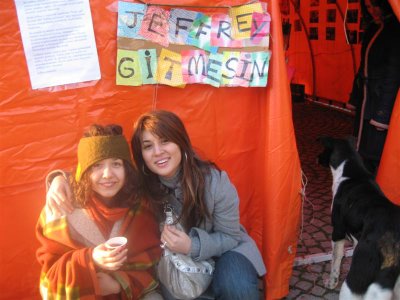
özden, me and the dog:)
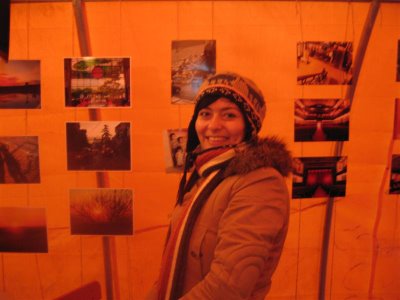
ayça with the photos
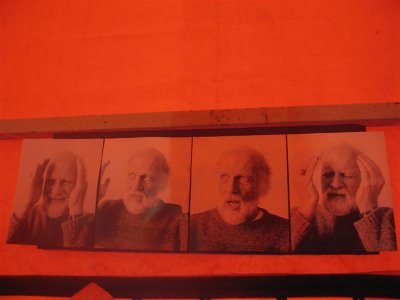
voss's version of cave allegory, by inalcan:)
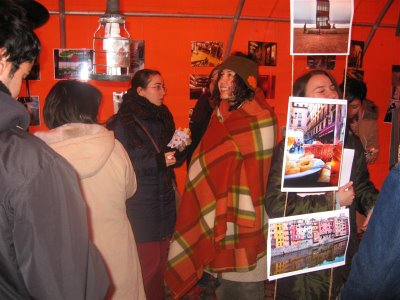
it is a crowded day in tent;)

outside? it is not different

our work...
For the rest of it:
http://supportjeffrey.blogspot.com
where the intermediatics meet...






The Softlightes - Heart Made of Sound
A nice stop motion short movie by Kris Moye
i am realizing that there is a stop motion society growing between intermediatics. so i hope you will enjoy this video guys./ stop motion gücü adına!
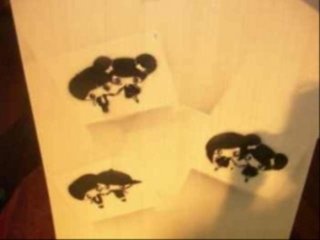
close-up from my project. love exists.
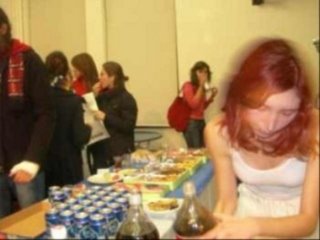
Ozge

The poster of Meral's project
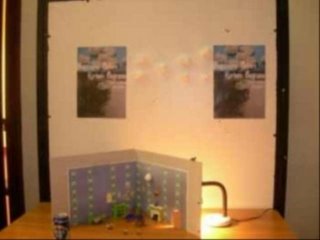
the film-set of Burak's stop-motion. Nightmare Before Kurban Bayrami :)
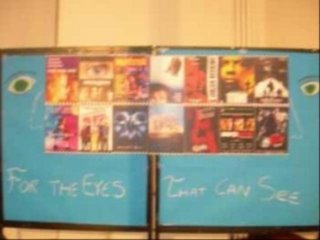
Alp's project
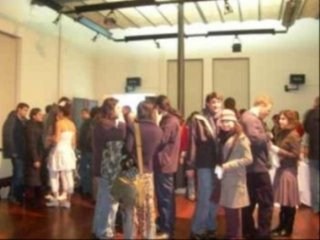
a lovely moment from happening

hehe. it is me with my geek glasses:)

Deniz and Jeffrey's son- he went and asked for a permission from his father for taking his photo.

Here is Pelin - the great cocktail drink maker.
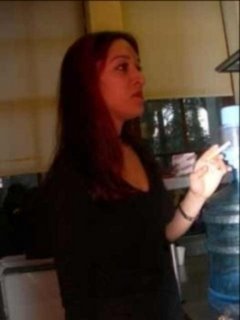
Deniz in the kitchen, before the "happ"ening we were talking "happ"ily
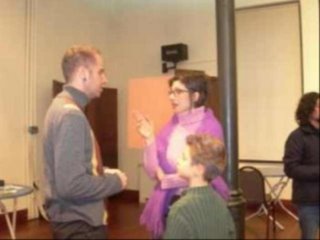
Jeffrey and his family- the other son is missing in this picture.
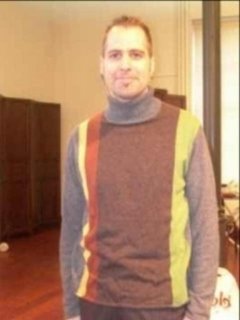
our teacher- Jeffrey

Burak and his girlfriend

Meral with her project poster

Meral and Burak
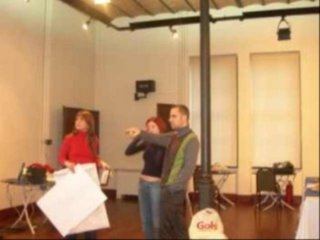
Meral, Ozge and Jeffrey
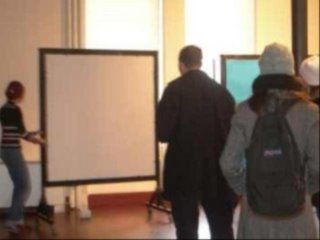
again the moments before event

Ozge and her team mate.
| "An absolute dada movie. Somebody gets killed, his coffin gets out of control and after a chase it stops. The person gets out of it and let everybody who followed the coffin dissapear." A must see avant-garde film. Directed by René Clair in 1924, you can see the modernists Francis Picabia, Marcel Duchamp, Man Ray, Erik Satie, Darius Milhaud and others in the film. | |

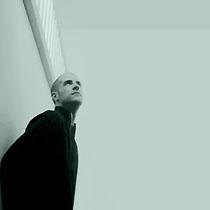 Digital minimal composer, sound installation artist and graphic designer Richard Chartier has made a career of exploring the relationships between the spatial nature of sound, silence, focus, and the act of listening. As an artist, Chartier has been responsible for critically acclaimed releases on 12k/LINE (USA), Trente Oiseaux (Germany), Spekk (Japan), Mutek_rec (Canada), and Fallt (Ireland), including collaborations with artists Taylor Deupree, William Basinski, COH and *0, and has appeared on numerous international compilations.
Digital minimal composer, sound installation artist and graphic designer Richard Chartier has made a career of exploring the relationships between the spatial nature of sound, silence, focus, and the act of listening. As an artist, Chartier has been responsible for critically acclaimed releases on 12k/LINE (USA), Trente Oiseaux (Germany), Spekk (Japan), Mutek_rec (Canada), and Fallt (Ireland), including collaborations with artists Taylor Deupree, William Basinski, COH and *0, and has appeared on numerous international compilations.

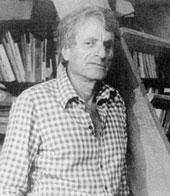
 1983 the fisrt large figure in the life size I have make in the street. This is an old Irish man yelling against English soldiers in Belfast in the seventie's.The man is very brave because the soldiers are very nervous trying to shoot with their guns some guys from the IRA.The photo was incredible strong.I always been fascinated by the people at the risk of one's life do not hesitate to say what they think. I still use this image in this time and it is the image I have done the most in a lot of different countries.The man took many differebt aspect to the people sometimes he is an old man , sometimes people think he is Buster Keaton or Chaplin or a tramp or an anarchist.I like when my images take different aspect by the place where they are pasted
1983 the fisrt large figure in the life size I have make in the street. This is an old Irish man yelling against English soldiers in Belfast in the seventie's.The man is very brave because the soldiers are very nervous trying to shoot with their guns some guys from the IRA.The photo was incredible strong.I always been fascinated by the people at the risk of one's life do not hesitate to say what they think. I still use this image in this time and it is the image I have done the most in a lot of different countries.The man took many differebt aspect to the people sometimes he is an old man , sometimes people think he is Buster Keaton or Chaplin or a tramp or an anarchist.I like when my images take different aspect by the place where they are pasted 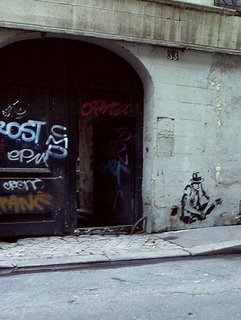
*sorry for the huuuge sizes of the images, i have just formatted my pc and I haven't got any image editting program.
For more works you can visit his site that is mentioned above.
Interview with Blek Le Rat :
In executing your paintings inside the frame of daily life, you somehow force you art onto by passers. Do you think its necessary to get outside the frame of conventional art to make people think ? Or did you choosed this media in order to reach peoples who usually access the places were art is exhibited ?
Yes, urban art is really a new way for an artist to express himself, as for example when I leave an image in the street I know that the next morning thousands of people will have seen this image. I don’t know if people think more but they are confronted to a form of artistic expression they are not used to. Its changing their way to approach « artistic » images they usually see in galleries or museums. In the case of urban art, it’s the image itself which goes straight to them, and I think that it’s also erasing a bit of the concept of the myth of sacred art! And this is a good thing.
How do you choose the right context for each of your pieces ?
I noticed during those years of work in the streets that the same image, for example the sheep, can take complete different dimensions, depending on the place I will put it. If I place it under the street sign of the Rue Saint Exupery, there will instantly be a Little Prince connotation, if I place it in front of a restaurant the connotation of the sheep can be linked with food for exemple. I mean the great strength of urban art is that it is not static, its changing all the time depending on the place where its made and of the image which is left on the wall. I’m keen on playing with my images and the place were I leave the image.
Also, people who see my image on the wall have the possibility to create their own story of the image they see. For exemple, the old guy shouting in the streets I was doing during the 80’, for some people, was Buster Keaton, for some others he was a homeless, and for others he was an old anarchist shouting against society. I like to leave the possibility to the spectators to use their own imagination while watching my images.
Do you consider to « embellish » the places where you execute your pieces ?
To embellish, I don’t know, anyway we can as much say that the city in general is awfully ugly or wonderfully beautiful. It all depends of your point of view to say so. I don’t have the feeling to embellish the city, I just have the feeling to make the city live, to belong to the city and to leave my trace there.
Can we see a political dimension in your art ?
Social dimension, yes, political I don’t think so as I don’t believe in politics anymore
Do you perceive graffiti as part of a counter culture ?
Yes, certainly at this time but I don’t know if this counterculture will stay one for long as the society love to absorb all counter-culture soon or late. We will be a counter-culture as long as we wont be in the museums, the day we will, we will belong to the culture with a big C.
Finally, which artists inspire you, in graphic arts but also in music or in art in general ?
Today I enjoy rap a lot, I used to like rock a lot. I listen to a lot of rap that my son Alex give me, while I work. I always loved English cinema, I also like a lot English painting of the XXth century, the American and English pop art, and the Greek and Roman antiquity
And finally I wanna share a quotation about graffiti that was appeared on the famous alternative culture magazine, Dazed and Confused magazine --->http://www.dazeddigital.com/
“When you do something for society,even illegal things, people will support you as long as they understand why you’re doing it. When you are negative or attack things , this support disappears.”
see you <3>


Buckminster Fuller strove to inspire humanity to take a comprehensive view of the finite world we live in and the infinite possibilities for an ever-increasing standard of living within it. Deploring waste, he advocated a principle that he termed "ephemeralization" — which in essence Fuller coined to mean "doing more with less." Wealth can be increased by recycling resources into newer, higher value products whose more technically sophisticated design requires less material. In practice, it has often meant miniaturization, for example, as when table-model calculating machines were succeeded over time by smaller ones, until the calculator of today fits in one's hand. Fuller also introduced synergetics which explores holistic engineering structures in nature.
Fuller was one of the first to propagate a systematic worldview and explored principles of energy and material efficiency in the fields of architecture, engineering and design.
He dedicated himself to advancing the success and fulfillment of humanity and lived by a set of self disciplines; he was deeply concerned about sustainability and about human survival under the existing socio-economic system, yet was profoundly optimistic about humanity's prospects. Defining wealth in terms of knowledge, as the "technological ability to protect, nurture, support, and accommodate all growth needs of life", his analysis of the condition of "Spaceship Earth" led him to conclude that at a certain point in the 1970s humanity had crossed an unprecedented watershed.
What might otherwise sound like an article of faith in some spiritual or philosophical system had for Fuller become an objective fact — that the accumulation of relevant knowledge, combined with the quantities of key recyclable resources that had already been extracted from the earth, had reached a critical level, such that competition for necessities was no longer necessary. Cooperation had became the optimum survival strategy. "Selfishness", he declared, "is unnecessary and...unrationalizable...War is obsolete..."
By considering historical comparisons like the fact that even relatively poor people today are able to travel at speeds and with a degree of comfort which were unobtainable at any price in earlier times, and that illnesses that were fatal even to kings in the past can now be cured with affordable drugs, he concluded that everyone alive today can potentially live like a "billionaire." Hence he described the human race as "four billion billionaires."
Besides important comprehensiveness of thought and his philosophical concepts, Fuller's most lasting insights may be geometric. He claimed that the natural analytical geometry of the universe was based on arrays of tethedra. He developed this in several ways, from the close-packing of spheres and the number of compressive or tensile members required to stabilize an object in space. Some deep confirming results were that the strongest possible homogeneous truss is cyclically tetrahedral.
for more information:
 mbiences. Consequently, the borders between art and daily life, and the borders between different disciplines disappear. In GalataPerform, the process that the artists and participants live and create all together, becomes a collective work; an organism that keeps on evolving. The elements that form the organism focused on process and not on object, are individual and common thoughts, relations and acts that arise through the presentation or absence of the artistic processes, objects and acts. In this space, nothing remains of the fetish conventional art forms. Artistic processes beyond time and category are perceived.
mbiences. Consequently, the borders between art and daily life, and the borders between different disciplines disappear. In GalataPerform, the process that the artists and participants live and create all together, becomes a collective work; an organism that keeps on evolving. The elements that form the organism focused on process and not on object, are individual and common thoughts, relations and acts that arise through the presentation or absence of the artistic processes, objects and acts. In this space, nothing remains of the fetish conventional art forms. Artistic processes beyond time and category are perceived.
Brakhage was born as Robert Sanders in an orphanage in Kansas City, Missouri. Three weeks after his birth, he was adopted by Ludwig and Clara Brakhage, and he was given the name James Stanley Brakhage.
As a child, he appeared on radio as a boy soprano before going to high school and then dropping out of Dartmouth College after several months to make films. He was influenced by the writings of Sergei Eisenstein and the films of Jean Cocteau as well as the Italian neorealism movement.
In 1953, Brakhage moved to San Francisco where he associated with poets such as Robert Duncan and Kenneth Rexroth. In late 1954, he moved to New York City where he associated with a number of contemporary artists, such as abstract expressionist painters and beat generation poets, among them Maya Deren, Marie Menken, Joseph Cornell and John Cage.
In a time, 1950s, when film id rooted in Hollywood cinema and large productions Stanley Brakhage made his films by himself and one camera. Brakhage's films are usually silent and lack a traditional story, being more analogous to visual poetry than to prose story-telling. He often referred to them as "visual music." His films range in length from just a few seconds to several hours, but most last between two or three minutes and one hour. For him the film itself was also a material. Most of his work was done in 8 mm or 16 mm film, and he frequently hand-painted the film or scratched the image directly into the film emulsion, baked the film in the owen and sometimes used collage techniques. For Mo nthlight(1963), for example, he stuck moth wings, twigs, and leaves onto tape and made prints from it. He called his style as "closed eye vision" in which painting and cinema work in a totally different way.
nthlight(1963), for example, he stuck moth wings, twigs, and leaves onto tape and made prints from it. He called his style as "closed eye vision" in which painting and cinema work in a totally different way.
Brakhage's work covers a variety of subjects and techniques. Window Water Baby Moving (1959) is a record of the birth of his first child, while 23rd Psalm Branch (1966-67) is a meditation on war that intercuts footage of Colorado, where he lived, with shots of World War II. Dog Star Man (1961-64), perhaps his most famous work, features a man climbing a mountain, shots of stellar objects and more footage of his wife giving birth. It is usually read as addressing the unity of creation. Works from his later periods include the four-part "Faust Series" (1987-89), the four-part "Visions in Meditation" (1989-90), "Passage Through: A Ritual" (1991), and "The Vancouver Island Quartet" (1991-2002). He also completed several more collaborations with musicians, including two more works with music by James Tenney, "Christ Mass Sex Dance" (1991), and "Ellipses #5" (1998). For Marilyn, which was made in 1992 was about his wife and her embodying his concept of God.
Brakhage wrote a number of books, including Metaphors on Vision (1963) and the posthumously published "Telling Time: Essays of a Visionary Filmmaker" (2003). H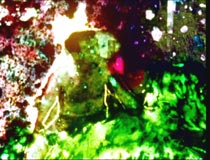 e often gave lectures at universities, museums, galleries, film festivals and so on.
e often gave lectures at universities, museums, galleries, film festivals and so on.
It is believed that the coal-tar dyes he used to paint his films contributed to the cancer.
His work has had some small impact on contemporary art, music videos, mainstream cinema. The credits of the film Seven, with their scratched emulsion, rapid cutaways and bursts of light are very much in Brakhage's style.
Stanley Brakhage: a short information by Fred Camper

Matthew Ritchie was born in London, England in 1964, and lives and  works in New York. He received a BFA from Camberwell School of Art, London, and attended Boston University. His artistic mission has been no less ambitious than an attempt to represent the entire universe and the structures of knowledge and belief that we use to understand and visualize it. Ritchie’s encyclopedic project (continually expanding and evolving like the universe itself) stems from his imagination, and is catalogued in a conceptual chart replete with allusions drawn from Judaeo-Christian religion, occult pract
works in New York. He received a BFA from Camberwell School of Art, London, and attended Boston University. His artistic mission has been no less ambitious than an attempt to represent the entire universe and the structures of knowledge and belief that we use to understand and visualize it. Ritchie’s encyclopedic project (continually expanding and evolving like the universe itself) stems from his imagination, and is catalogued in a conceptual chart replete with allusions drawn from Judaeo-Christian religion, occult pract
ices, Gnostic traditions, and scientific elements and principles. Ritchie’s paintings, installations, and narrative threads delineate the universe’s formation as well as the attempts and limits of human consciousness to comprehend its vastness. Ritchie’s work deals explicitly with the idea of information being ‘on the surface’, and information is also the subject of his work. Although often described as a painter, Ritchie creates works on paper, prints, light-box drawings, floor-to-wall installations, freestanding sculpture, web sites, and short stories which tie his sprawling works together into a narrative structure. Drawing is central to his work, he doesn't think that there are boundries between drawing, sculpture and computer games, though. He perceives it as information. He scans his drawings into the computer so that images can be blown up, taken apart, made smaller or three-dimensional, re-shaped, transformed into digital games, or given to someone else to execute. One ongoing work that Ritchie calls an endless drawing contains everything he has drawn before. Ritchie’s work has been shown in one-person exhibitions at the Dallas Museum of Art; Contemporary Arts Museum, Houston; MASS MoCA; SFMoMA; and the Museum of Contemporary Art, Miami, among others. His work was also exhibited at the Whitney Biennial (1997), Sydney Biennale (2002), and São Paulo Bienale (2004).